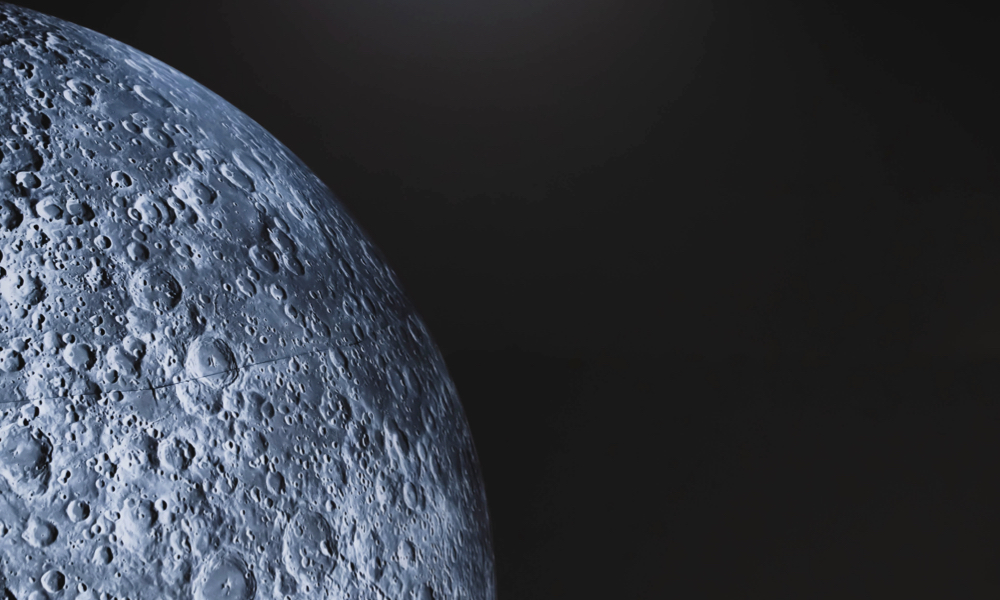
ESA Open Invitation to Tender AO9649
Open Date: 30/01/2019
Closing Date: 12/04/2019 13:00:00
Status: ISSUED
Reference Nr.: 18.155.34
Prog. Ref.: EO-Science for Socie
Budget Ref.: E/E105-E5 – EO-Science for Socie
Special Prov.: AT+BE+CZ+DK+EE+FI+FR+DE+GR+IE+IT+LU+NL+NO+PL+PT+RO+ES+SE+CH+GB+CA+SI
Tender Type: C
Price Range: > 500 KEURO
Products: Satellites & Probes / Other
Techology Domains: Others
Establishment: ESRIN
Directorate: Directorate of EO Programmes
Department: Science, Applications & Climate Dep.
Division: Data Applications Division
Contract Officer: Tamas, Dora
Industrial Policy Measure: N/A – Not apply
Last Update Date: 30/01/2019
Update Reason: Tender issue
This activity is focused on the exploitation of the Synthetic Aperture (SAR) and Synthetic Aperture Interferometric (SARin) modes measurements of CryoSat-2 and Sentinel-3A and Sentinel-3B in the coastal and inland water domains. It is motivated by the need to maximise the use of the SARin mode from CryoSat and the SAR mode of the operational missions Sentinel-3A and Sentinel-3B for the UN Sustainable Development Goals number 6, Water, and the societal benefit of a better understanding of interaction processes between River Discharge and the Coastal Zone Sea Level. The use of auxiliary data coming from other sensors is welcomed, both spaceborne (e.g., MERIS, MODIS, AATSR, OLCI, SLSTR, Sentinel-2, Sentinel-1, Terrasar-X, Radarsat, AASAR, etc.) and in situ (tide/river gauges, velocity radars, rain gauges, etc.).Activities in both coastal and inland water domains shall aim at:- Performing a state-of-the-art review of observations, physical processes, modelling in the inland water and coastal zone domains, and interactions between these two domains. The state-of-the-art review shall characterise the current SAR/SARin performances.- Developing innovative radar altimetry techniques, including dedicated stack processing and beam steering strategies, to reduce the contamination of coastal zone and inland water altimeter waveforms and rule-out spurious signal from the final multi-looked echo.- Develop new retrackers (analytical empirical) following the implementation of innovative techniques at L1b level.- Investigating the synergy between SARin waveforms and the window-delay information to infer the non-proper focused retracking near the sub-satellite track (i.e. the nadir direction).- Studying the influence of ground track orientation relative to coastline and river banks and land proximity.- Producing off-nadir ranging maps evidencing hooking regions and verifying their validity in supporting non-SARin altimetry missions (Sentinel-3A/B).-Developing methods and techniques to produce an enhanced wet tropospheric correction for CryoSat-2 and Sentinel-3A/B in the coastalzone and inland water domains.- Supporting the development or fine-tuning of tracking systems including on-board trackers operatingin open-loop mode (on specific targets).With reference to the coastal zone activity, the primary objectives are to:- Investigate errors in the spacecrafts attitude (pitch and roll) and its impact on retracking.- Investigate the instrument noise in 20Hz or 80 Hz estimates and its variation as a function of the distance from the coast.- Process SARin data to retrieve information on oceanslopes.- Analyse which coastal ocean tide models performs best (depending on region). With reference to inland water activity, the primary objectives are to:- Design the first inland water dedicated processing chain in the CryoSat-2 and Sentinel-3A/B groundsegments by prototyping and specifying a Detailed Processing Model.- Improve the retrieval of river level and discharge, lake level and lake volume variation, including the use of auxiliary (from other sensors) data.- Process SARin mode data to retrieve the water level slope over rivers and lakes.- Maximize the exploitation of the CryoSat-2 geodetic orbit in hydrological catchment modelling.- Design synthetic data assimilation experiments to infer the maximum achievable performances of a data assimilation model.- The use of auxiliary data from imaging instruments and assimilation in catchment models is the deemed best way forward to compensate slow revisiting time of the radar altimeter and is therefore considered mandatory for this development.In both domains, a global dataset shall be produced and published for the coastal ocean and inland water communities to access and evaluate.An additional RDactivity shall be devoted to further characterize the recently developed FF-SAR processing allowing reducing the along-track resolution down to the theoretical limit equal to half the antenna size (50 cm) and test thiis technique on local use cases in both domains. Another additional activity, strictly related to the inland water domain, shall be focused on the analysis of CryoSat-2 individual echoes in SAR mode to contribute to the research made on this topic using ENVISAT and SARAL/AltiKa individual echoes. Comparisonsto CryoSat-2 20 Hz SAR and GPOD-SARvatore 80 Hz SAR products are expected. Retrackers belonging to the SAMOSA family (e.g. SAMOSA2, SAMOSA+ and the recent SAMOSA++), mostly developed in the ESA SAMOSA Project and further improved in ESA and in the ESA CP4O, SCOOP and SHAPE Projects, shall be considered as a starting point and for comparison with retrackers developed in this framework.Selected areas shall include reliable tide/river gauges and an estimation of the effort needed to collect auxiliary data (e.g. radar/optical images for water masks and deriving river discharge, bathymetry and precipitation data for data assimilation models, GNSS datafor WTC computation) shall be provided. Outputs from both previous ESA projects and published research works shall be considered forcomparison. For the inland water domain, a major goal is to derive River Discharge globally, blending Altimetry, which is not sufficient on its own especially for the time sampling, with other spaceborne sensors. All activities are expected to drive and support the development of future missions, suggesting systems, processing baselines and supporting the adoption of a specific orbit (repeating vs. non-repeating). A Future Roadmap shall be delivered.The outcome of the activity shall be published in peer-reviewed journals. OUTPUT DATASETS: – Global validated Coastal Zone data set built from SARin and SAR mode.- Global validated River Dischargedata set for large to medium rivers- Experimental dataset for small rivers and tributaries.
